Dynamic Mesh: ANSYS Fluent Training Package, 9 Beginner CFD Simulations
$499.00 $249.50 Student Discount
- Master dynamic mesh techniques through nine diverse simulation scenarios
- Learn essential moving boundary applications in fluid dynamics
- Explore various applications from industrial to sports engineering
- Develop expertise in fluid-structure interaction modeling
- Perfect your skills in both single and multiphase flow analysis
- Apply fundamental dynamic mesh approaches to real-world engineering challenges
To Order Your Project or benefit from a CFD consultation, contact our experts via email (info@mr-cfd.com), online support tab, or WhatsApp at +44 7443 197273.
There are some Free Products to check our service quality.
If you want the training video in another language instead of English, ask it via info@mr-cfd.com after you buy the product.
Description
Dynamic Mesh Applications: From Basic Motion to Complex Interactions
Comprehensive Dynamic Mesh Training
This beginner-friendly package guides users through nine carefully selected applications, ranging from simple piston motion to complex robotic movements in fluid environments. Using ANSYS Fluent, participants develop fundamental skills in simulating moving boundary problems.
Technical Foundation and Progressive Learning
The course structure evolves from basic reciprocating motions to more sophisticated applications, emphasizing practical implementation of dynamic mesh techniques in various engineering scenarios.
Systematic Skill Development
Fundamental Motion Analysis
Beginning with cylinder-piston motion and check valve simulations, the course establishes core principles of mesh deformation and adaptation. These foundational concepts create a solid base for understanding more complex applications.
Industrial Applications
The course advances into practical industrial scenarios, exploring pipeline pigging and multiphase piston chamber operations. These modules demonstrate the application of dynamic mesh techniques in real-world engineering challenges.
Advanced Motion Studies
Moving to more complex scenarios, participants explore projectile dynamics through golf ball impact and bullet movement simulations. These applications integrate aerodynamics with dynamic mesh handling, providing practical insights into high-speed motion analysis.
Fluid-Structure Interaction
The final segments focus on sophisticated applications including submarine and sea robot motion in water, culminating in a six-degree-of-freedom wind turbine simulation. These modules demonstrate the integration of multiple physics domains and complex motion patterns.
Professional Implementation
The course ensures thorough understanding of dynamic mesh principles while maintaining focus on practical applications. From basic reciprocating motion to complex robotic movement, each module contributes to comprehensive simulation expertise. This approach equips engineers with essential skills for:
Motion Analysis
Understanding various types of mesh motion and their appropriate applications, from simple deformation to complex remeshing strategies.
Solution Strategy
Developing effective approaches for handling moving boundaries and maintaining simulation stability across different applications.
This comprehensive coverage bridges theoretical understanding and practical implementation, preparing engineers for real-world challenges in dynamic mesh applications. The course progression ensures that beginners can build confidence while developing advanced simulation capabilities for diverse engineering scenarios.
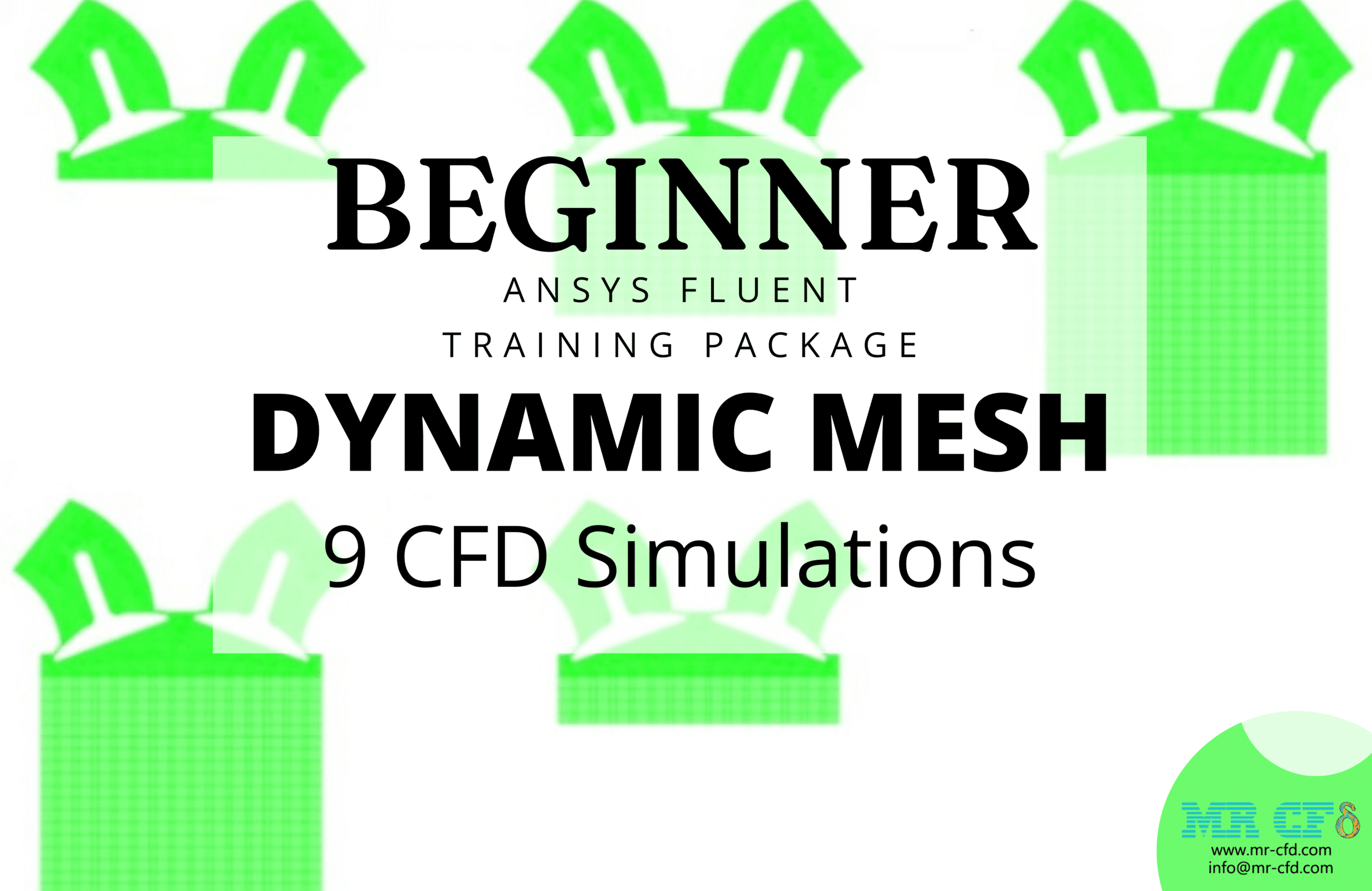
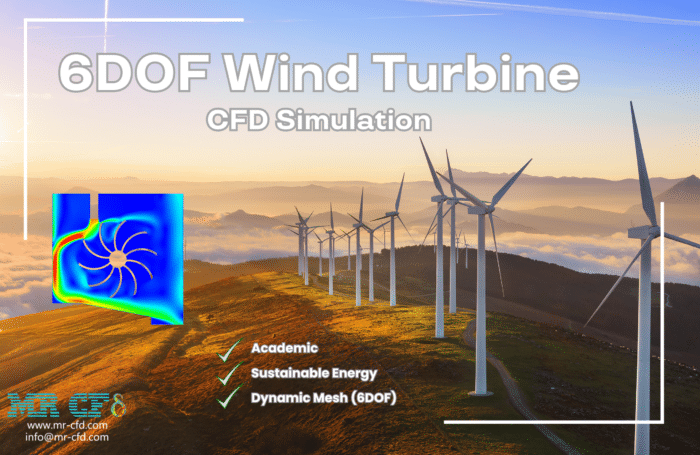

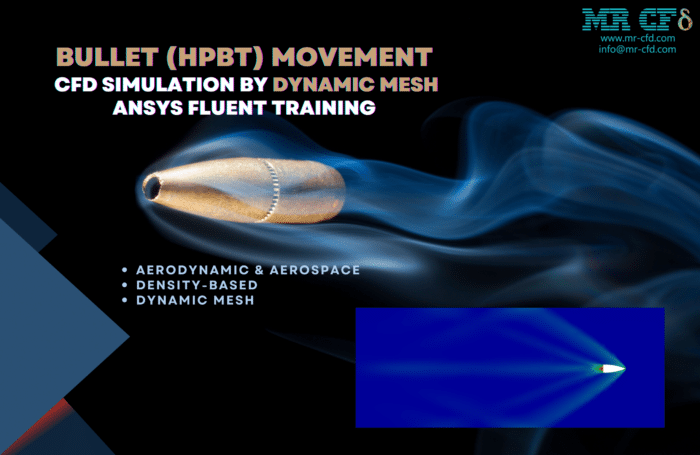
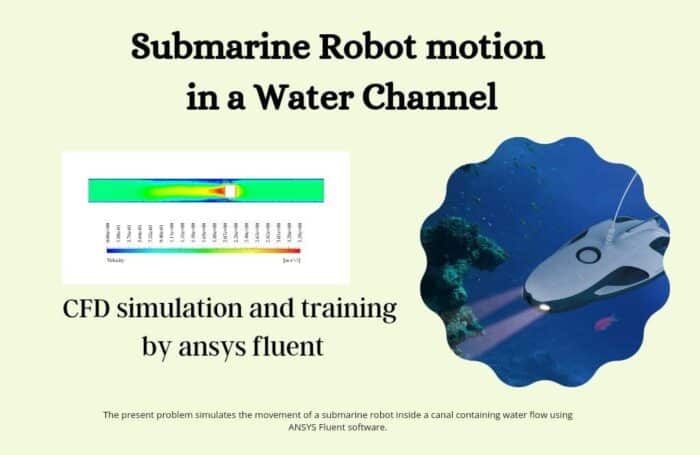
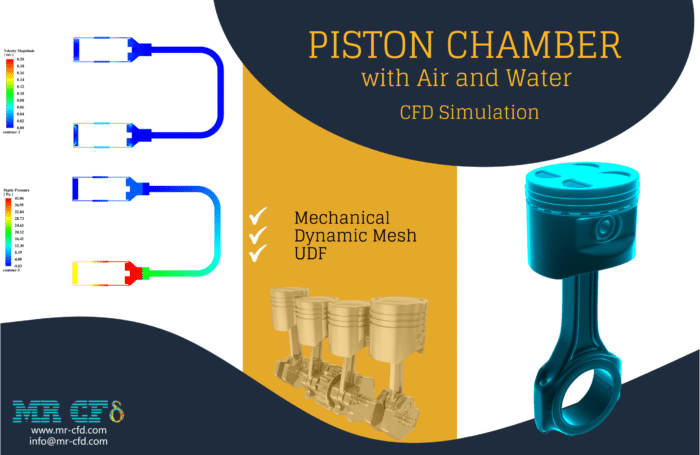


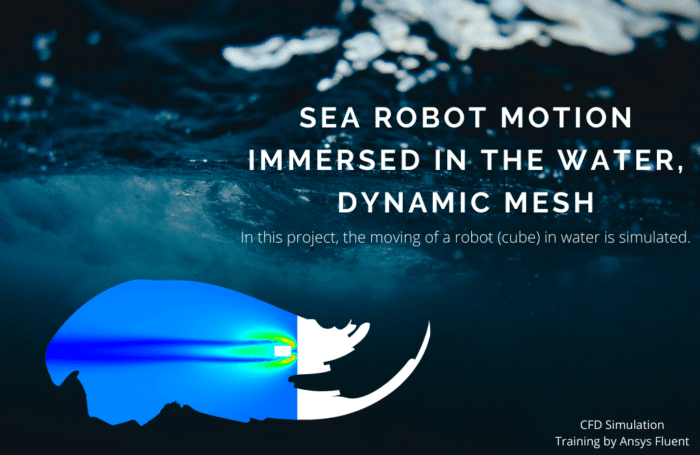
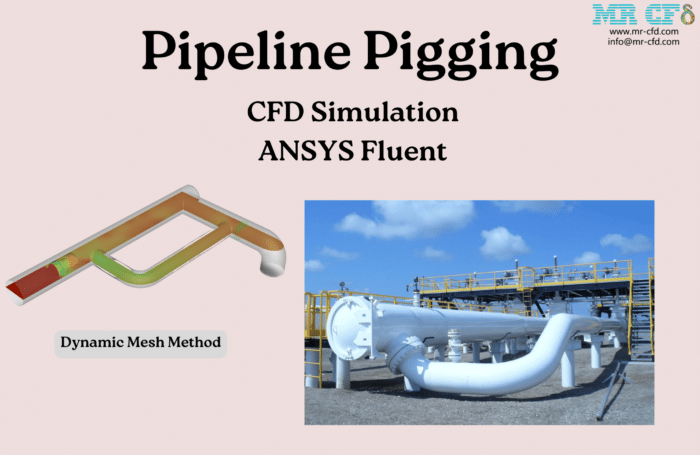
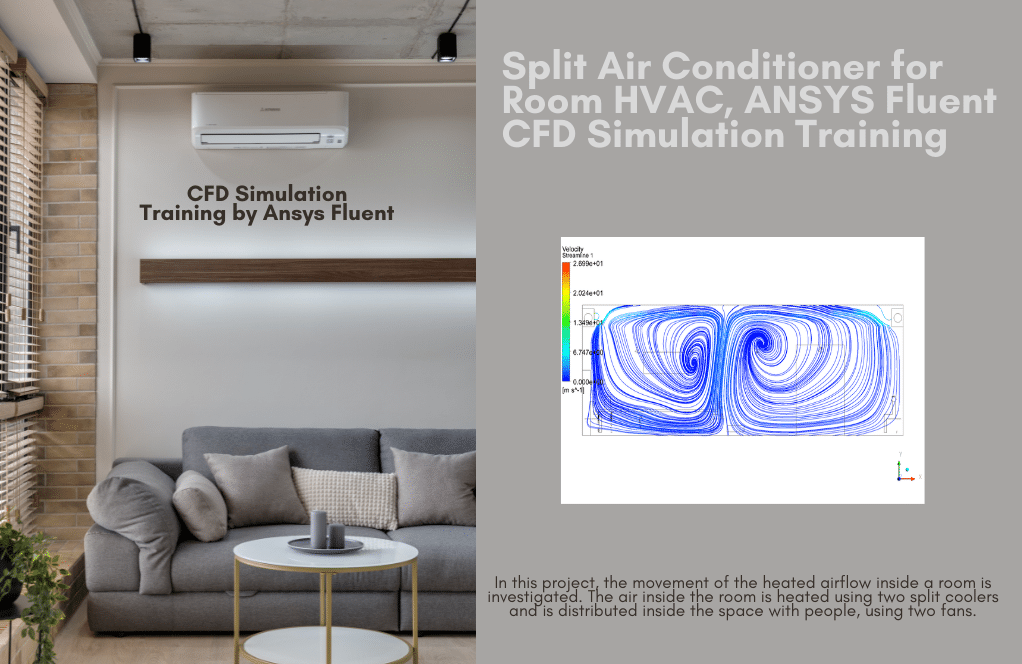



Dr. Cleveland Considine Sr. –
I’m kinda new to this whole dynamic mesh simulations thing. Is this package easy to use?
MR CFD Support –
No worries at all! This package is super user-friendly. It’s got a step-by-step guide and practical exercises to help you get the hang of dynamic mesh simulations.
Kurt Bernier –
So, does this thing cover all the ins and outs of dynamic mesh modeling?
MR CFD Support –
Oh, absolutely! This package is like your one-stop shop for dynamic mesh modeling. It’s got 10 practical exercises that cover pretty much everything you need to know about dynamic mesh simulations.
Ozella Breitenberg –
This training package seems thorough! It includes a range of projects from basic to advanced levels, covering various applications. I can’t wait to apply these dynamic mesh concepts to my own work!
MR CFD Support –
Thank you for the positive feedback! We’re glad to hear that you find our Dynamic Mesh Training Package diverse and useful. It’s great that you’re enthusiastic about applying these techniques to your projects. If you need further assistance or have any questions along the way, don’t hesitate to reach out to us. Happy simulating!
Dr. Tanya Carter –
I’ve just completed the Dynamic Mesh Training Package and it really clarified the concept for me. Those practical exercises specifically the one with the submarine movement was on point! The combination of UDFs with the dynamic mesh to mimic the submarine’s motion was illuminating. Thanks for the great learning experience!
MR CFD Support –
We’re thrilled to hear that our Dynamic Mesh Training Package helped streamline your understanding of dynamic mesh behavior, Fluence_Developmentistry_admin! It’s great to know you found the submarine example valuable. We’re dedicated to providing practical, hands-on learning experiences and are glad we could contribute to your growth in CFD. If you have further insights or need assistance in your learning journey, remember we’re here for you. Happy simulating!
Prof. Scotty Heidenreich DDS –
This training package seems like an in-depth exploration of Dynamic Mesh. Does it include guidance on how to set up boundary conditions and material properties for different types of motion (translational, rotational, etc.)?
MR CFD Support –
Yes, the Dynamic Mesh ANSYS Fluent Training Package includes detailed guidance on setting up boundary conditions and material properties for various motions. Each project is designed to teach you the correct approach to define and simulate different types of movements, whether translational, rotational, or even multiple degrees of freedom.
Hilario Mayert –
How does this package stack up against other dynamic mesh simulation packages out there?
MR CFD Support –
Our package is a real standout thanks to its user-friendly interface, accuracy, and the in-depth training materials we provide, including 10 practical exercises.
Dr. Trent Harris –
I found the Dynamic Mesh Training Package incredibly comprehensive. The variety of projects, from aquatic to aerial applications, equipped me with a much stronger grasp on dynamic mesh technology in ANSYS Fluent. Each example was insightful and I can now approach my projects with confidence, knowing how to navigate challenges like mesh distortion and remeshing. Excellent material for anyone looking to enhance their CFD skills!
MR CFD Support –
Thank you for your positive review! We are thrilled to hear that our Dynamic Mesh Training Package has been so helpful to you. Our goal is always to provide comprehensive and realistic CFD training that empowers users to confidently approach their simulations. If you ever have any more feedback or need further assistance, don’t hesitate to reach out.
Prof. Lenna Adams Sr. –
I’m truly impressed by the variety of projects included in the Dynamic Mesh ANSYS Fluent Training Package! It seems well thought-out and comprehensive, catering to different levels of proficiency. Would you say this package is suitable for someone completely new to ANSYS Fluent, or is some prior knowledge required?
MR CFD Support –
Thank you for your compliments! This Dynamic Mesh Training Package is thoughtfully prepared to accommodate all skill levels, from beginners to advanced users. While some basic understanding of CFD might be helpful, each project is designed to guide users through the simulation processes step by step, ensuring that even those new to ANSYS Fluent can effectively learn and apply Dynamic Mesh techniques to different scenarios.
Emerson Lueilwitz DDS –
Can this package handle complex shapes in dynamic mesh simulations?
MR CFD Support –
You bet! Our package is packed with powerful algorithms that can handle all sorts of complex shapes, making sure your dynamic mesh simulations are spot on.
Heather Gaylord –
Love how comprehensive the Dynamic Mesh Training Package is! Each project builds on the previous one, expanding on complexities and introducing new challenges. The detailed walkthroughs and units not only teach, but ensure a deep understanding of dynamic mesh and FSI methods, making difficult concepts approachable for anyone keen on mastering CFD using ANSYS Fluent.
MR CFD Support –
Thank you for your enthusiastic review! We’re thrilled to hear that our Dynamic Mesh Training Package has provided you with a robust and understandable approach to mastering computational fluid dynamics within ANSYS Fluent. It’s our goal to offer resources that cater to both beginners and advanced users to enhance their learning experience. We deeply appreciate your feedback!